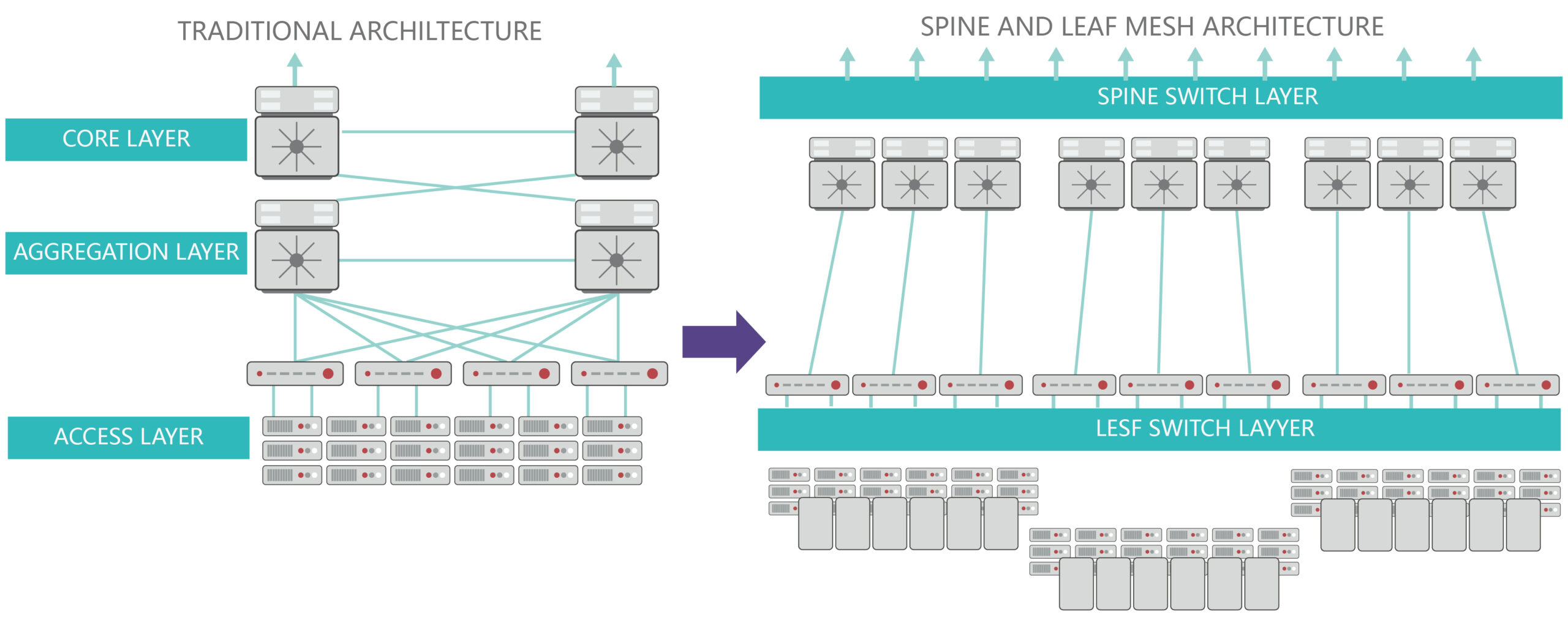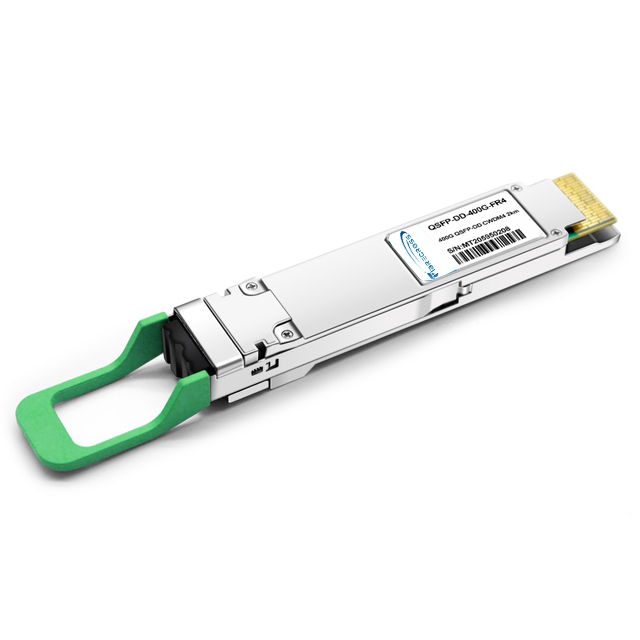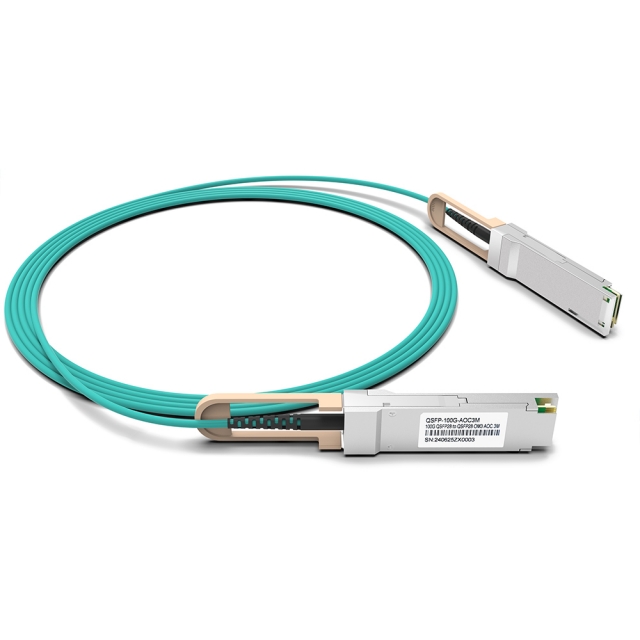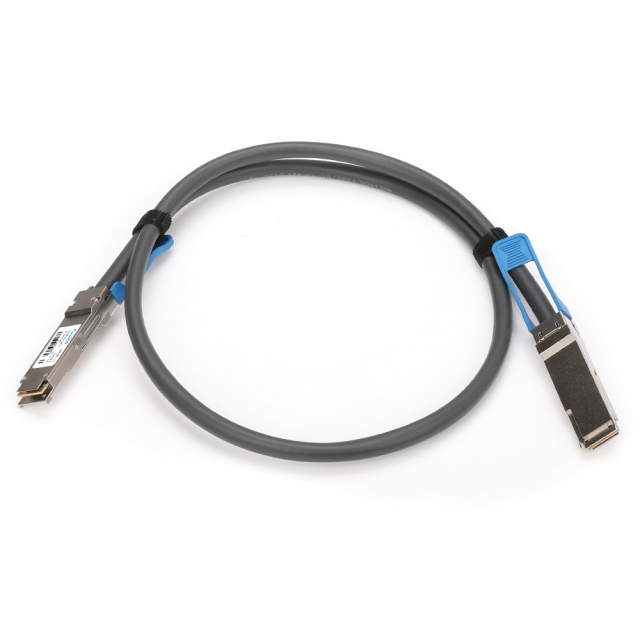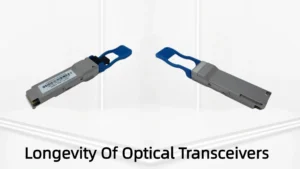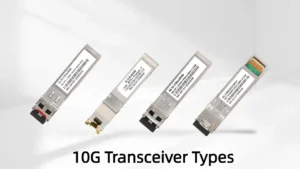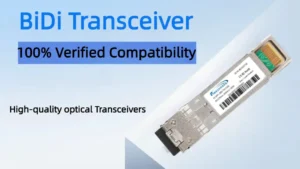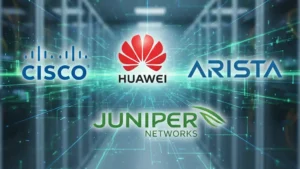Data Center Interconnection
As data center resource utilization increases, traditional three-tier network architectures can no longer meet the high bandwidth and computational demands of modern applications. To address this challenge, Web2.0 companies and cloud service providers are shifting to leaf-spine topology, an architecture that reduces network latency and enhances scalability, meeting the needs of large-scale data center interconnections.
In this architecture, Active Optical Cables and DAC cables play crucial roles in providing efficient connectivity solutions. AOC cables, integrating fiber optics, enable long-distance, high-bandwidth, and low-latency transmissions, while DAC cables offer cost-effective, high-speed connections for short-range communications, commonly used in server-to-switch links.
To support higher bandwidth demands, optical transceivers are key components in data centers, offering high-speed data transmission from 10G to 400G. When combined with other interconnect technologies, they ensure stability and scalability in large network environments.
With the flattening of data center architectures and the growth of horizontal traffic, optimizing interconnect technologies has become crucial, driving the rapid evolution of large-scale data center interconnections. Fibrecross solutions provide businesses with flexible, efficient network support to meet future technological challenges.

